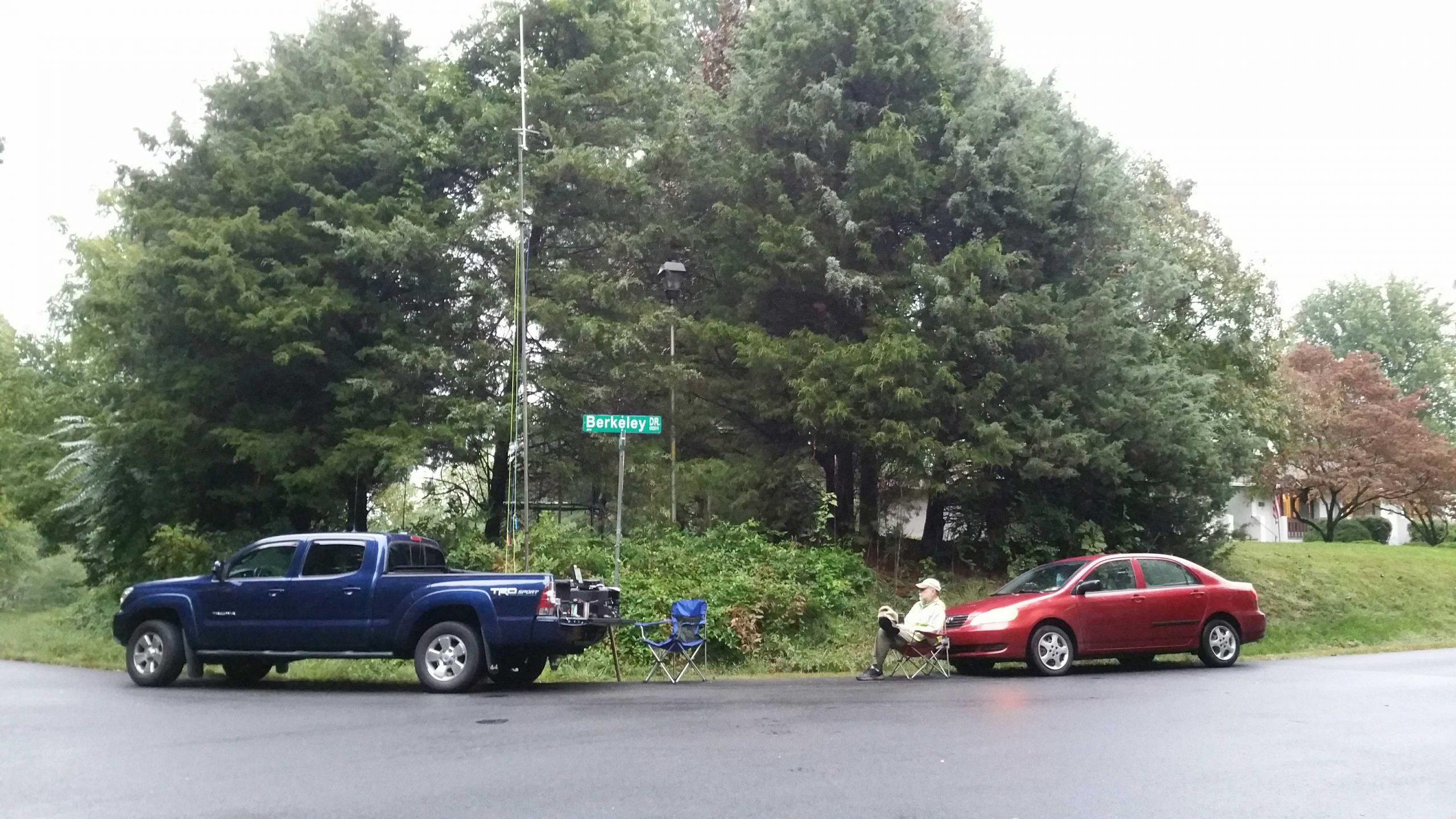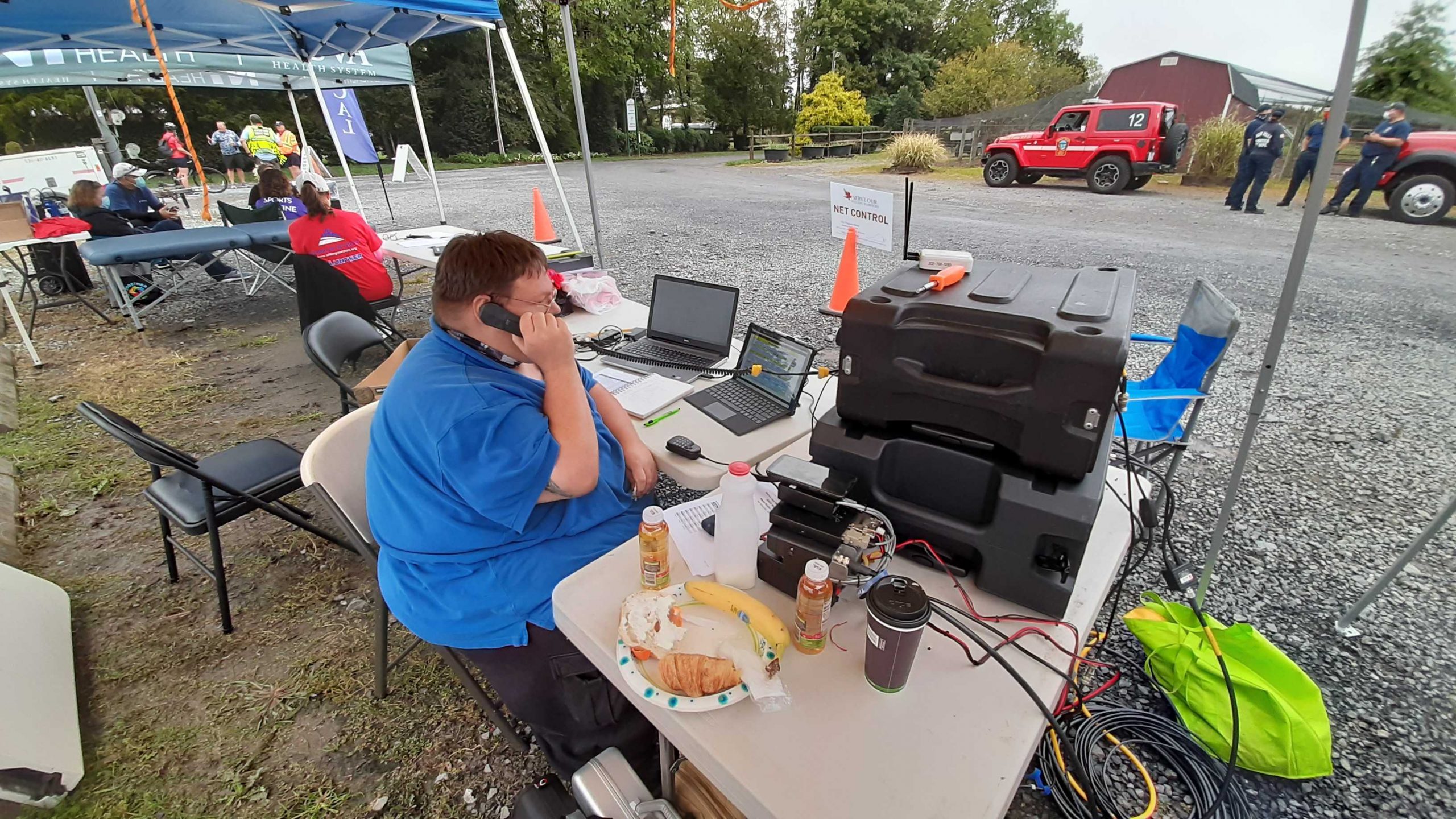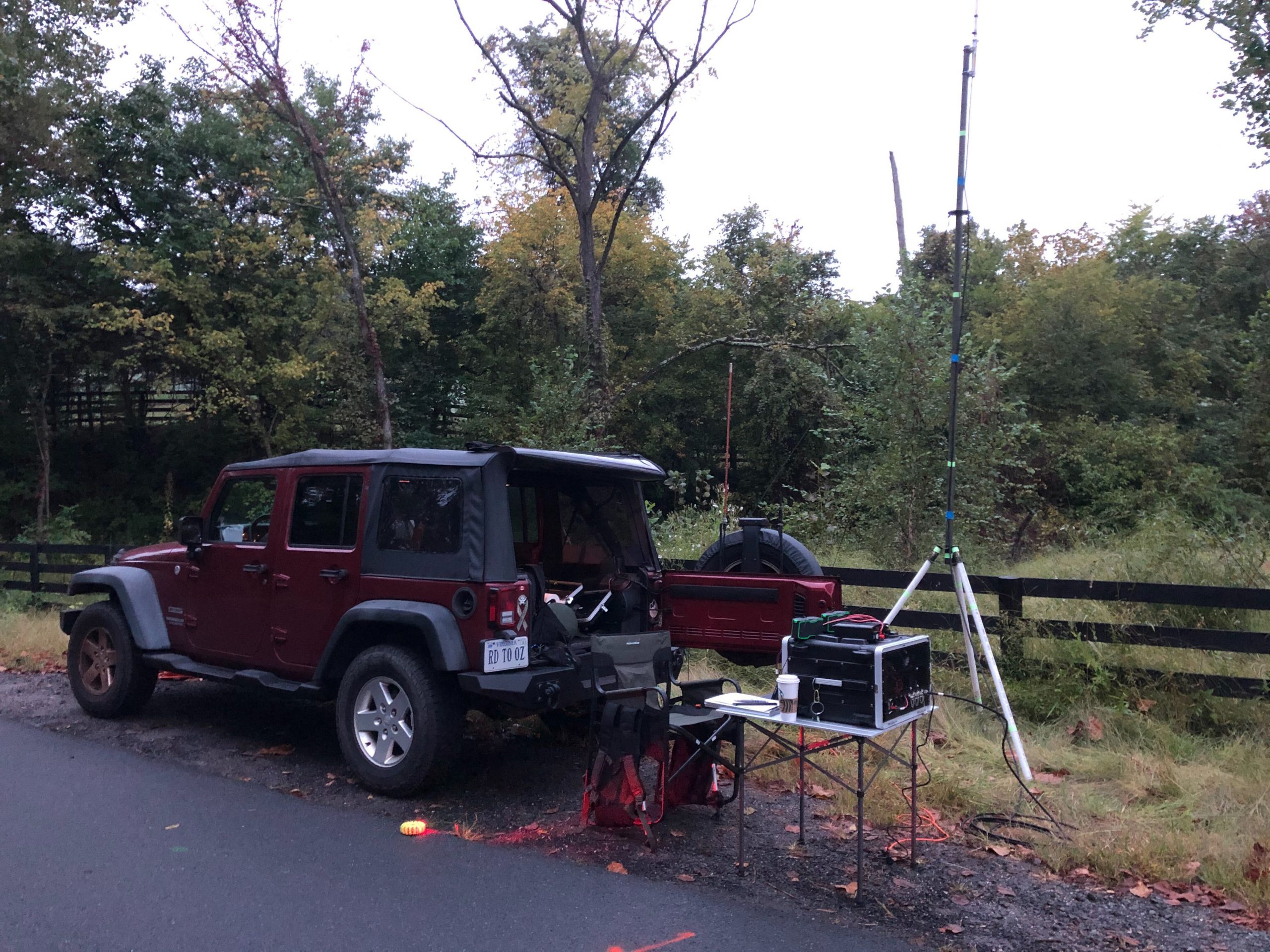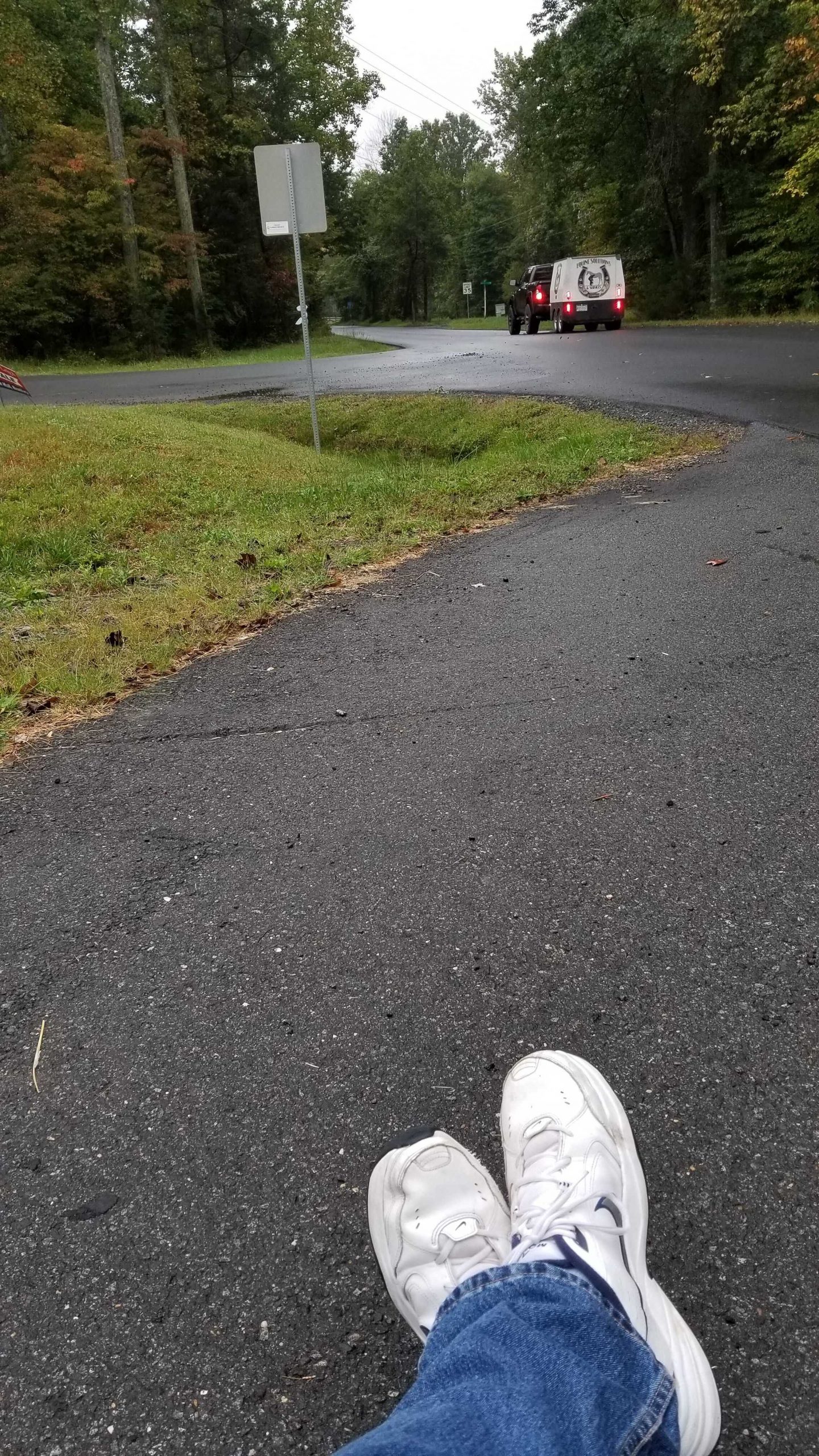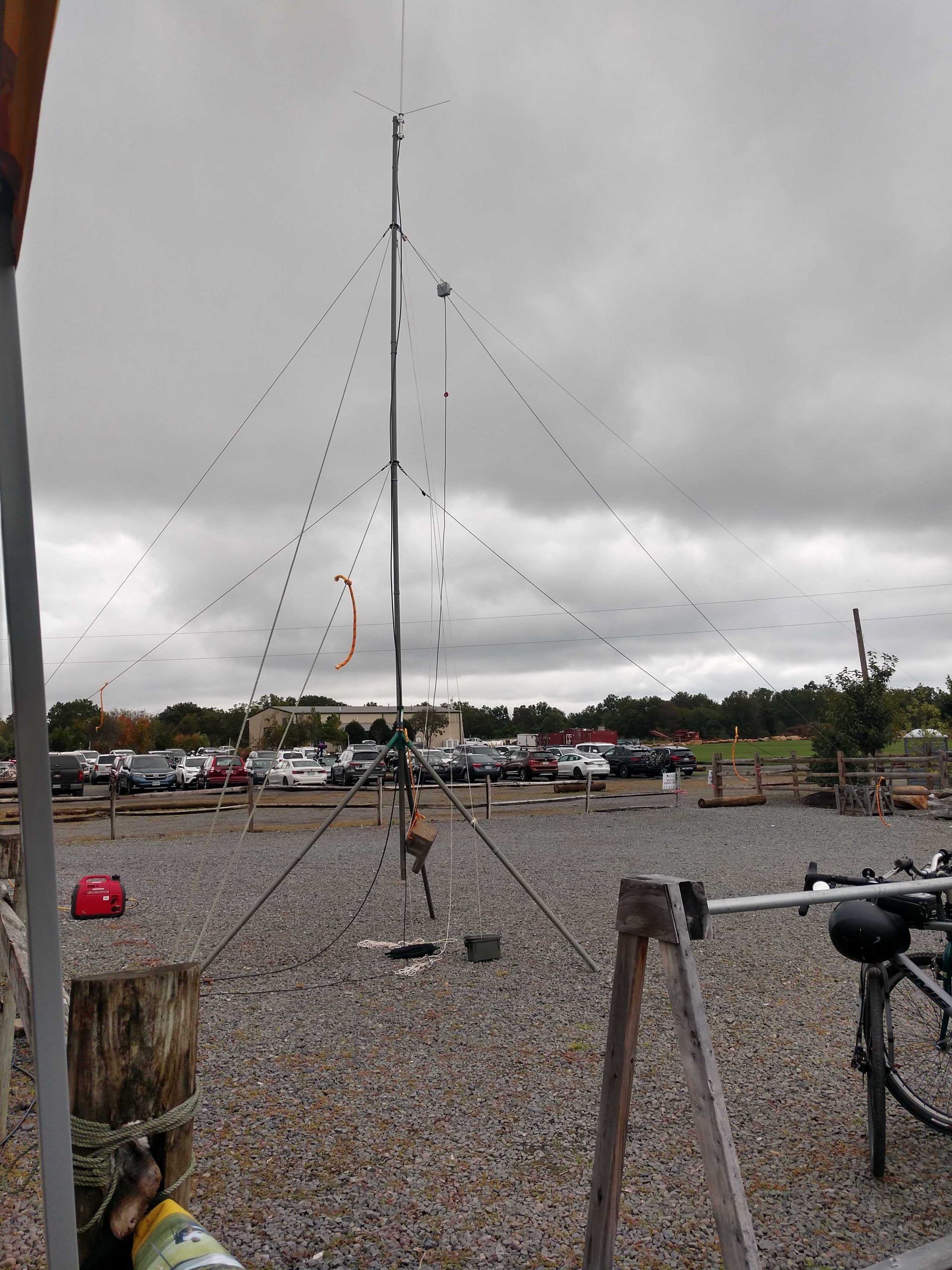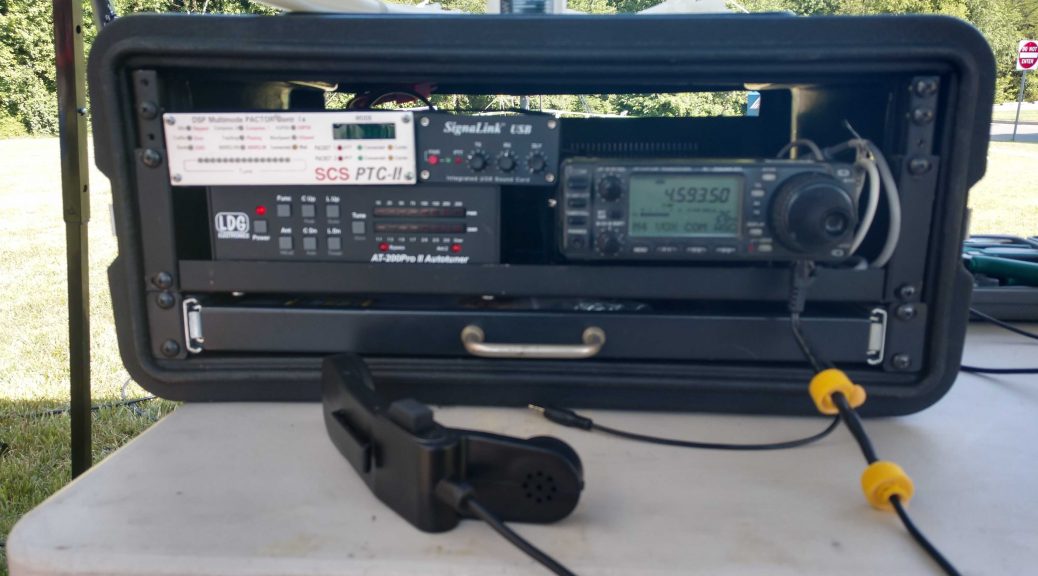The weekend of June 25 – 26, 2016 was Field Day, an opportunity to get on the air, test out some gear and generally have a good time operating. While many Amateurs were busy with Field Day, a small group of PWCARES members were participating in Operation United Resolve, a national communications exercise. The scenario was:
A series of catastrophic events across the United States has occurred. California has been hit by a massive earthquake causing extensive damage as well releasing a tsunami which has hit Alaska causing damage there, the central states experienced a derecho wind storm that caused extensive damage to the power distribution system, and at the same time a F5 hurricane travelled up the eastern seacoast flooding coastal areas. Additionally with these natural occurrences, various areas of the country are experiencing sporadic power outages of varying durations and fluctuations of unknown origin.
Many Governors state that their emergency management resources are overstretched and are asking neighboring states for assistance. As part of the recovery effort, SDFs across the US are mobilizing to assist their state Air/Army National Guards as they are called to active duty. Establishing reliable communications is a part of that effort and is the first step in determining who can communicate and what their local operating status is.
While a bit unrealistic, any one of these events could lead to a national call up of resources and strain the system.
The bad news is that the exercise never really seemed to get off the ground, at least as far as we could tell from our listening post at PWCARES headquarters.
The good news is that, even from this small, non-exercise, things were learned.
- HF is hard : Perhaps it is better to say, if you do not do it a lot, HF can be challenging. The first thing we learned is that gear left in storage can, and does go bad. Or at least it seems like it does. Brian, WC4J, brought his IC–756ProII out to use and for a few, tense moments, we thought we were not going to be able to see it because the backlight did not seem to work. It did eventually, but there is a long track record of the backlights failing on that model.
- Keep your gear together : It was a good thing Brian brought his rig, because David, KG4GIY could not find the tuner for his IC–706MKIIG (it did eventually turn up late on Saturday but only after a small excavation of half the house). This is not just for HF and tuners, but all those necessary cables, jumpers, and sources of power.
- The higher the better : Putting up antennas is an art. Especially when you do not have all the height you might want. As we discovered hanging David’s G5RV Jr, even though the oak trees were high, getting the cables over the right branches to pull the antenna up was as much of a challenge as where to tie off the legs. Still, it was high enough that we could talk to others, and hear as well.
- Sunspots matter : When all is said and done, if the sun is in a low activity pattern, the bands are not going to behave. As we have learned, we are in a real trough of solar activity and things are likely to continue this way for a while.
Despite only hearing two calls on the frequency we were instructed to monitor, and neither one of them requiring us to call back, we had a good exercise and everyone learned something useful.
My thanks to Brian, WC4J; Mary, KK4GOW; Derek, KV4SH; and Jack for coming out and exercising, and Jeff, WB6UIE; who was remote but proved we were getting a signal out.
